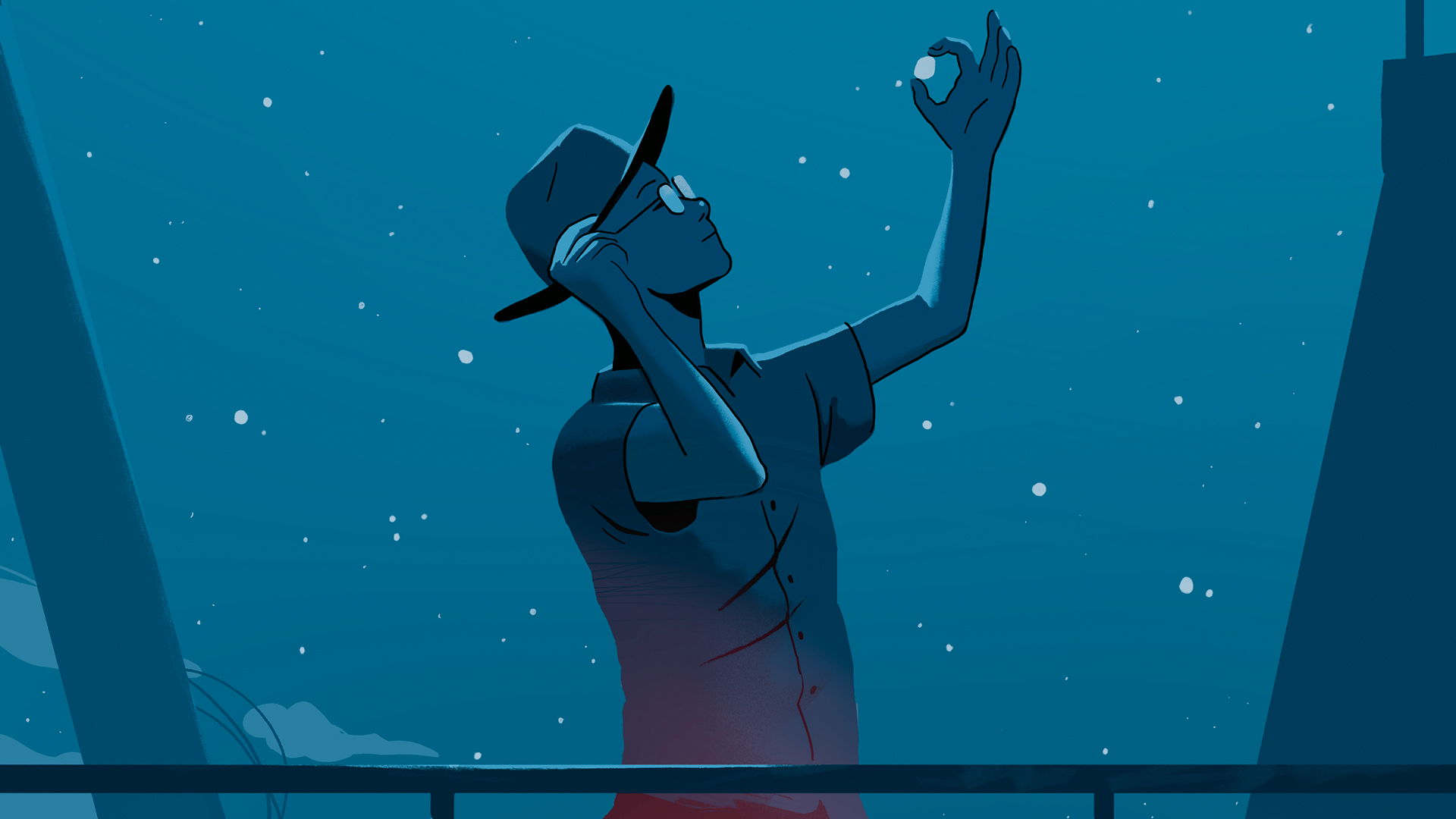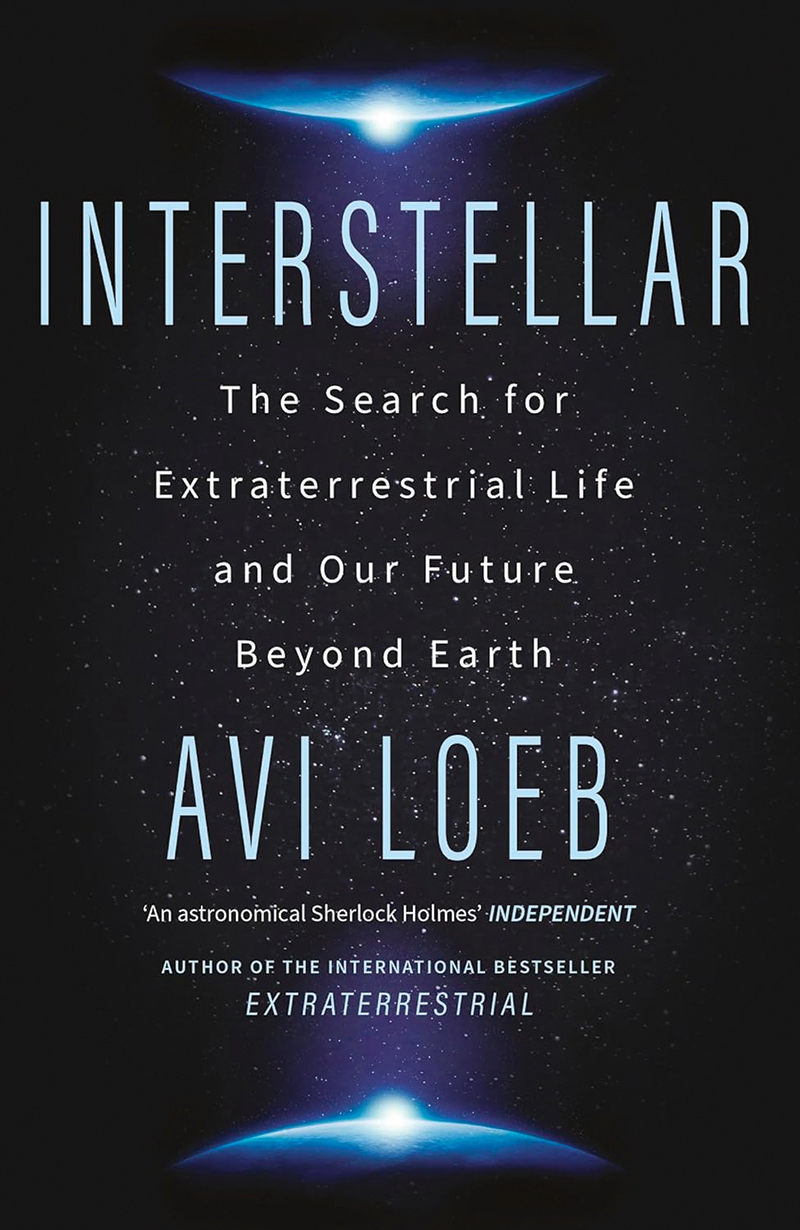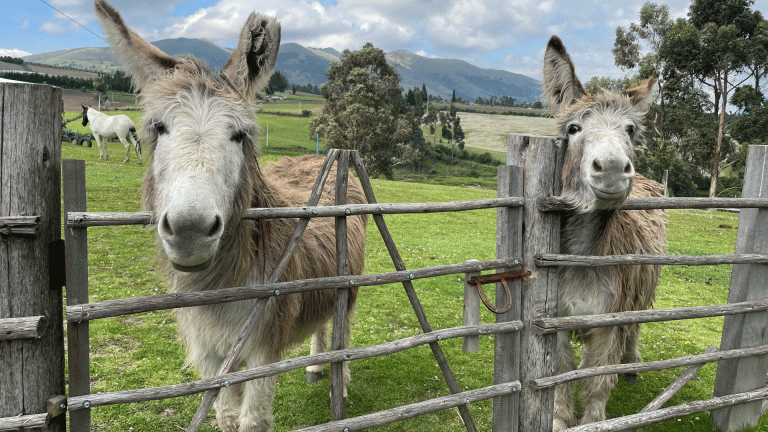Interstellar space lies beyond the solar system. Traditionally, we used telescopes to observe remotely what lies in our neighbour’s yard. But remote observing is limited to extremely bright or large objects. If we ever discover an interstellar car, similar to the dummy payload launched in 2018 by SpaceX, we would know that Elon Musk is not the most accomplished space entrepreneur since the Big Bang.
Over the past decade, astronomers discovered the first interstellar objects. As described in my book Interstellar, the first among them was an interstellar meteor named IM1, half a metre in size that collided with Earth on 8 January 2014. Outside the Solar System, IM1 was moving at 60 kilometres per second. Despite its high speed, it disintegrated in the lower atmosphere, where the air is dense. This implied that it was tougher than all meteors documented by Nasa over the past decade.
Get the latest news and insight into how the Big Issue magazine is made by signing up for the Inside Big Issue newsletter
It took my research team a full year to plan an expedition to the fireball site of IM1 in the Pacific Ocean. The location was determined by satellites from the US Department of Defense which detected the light from IM1’s brilliant fireball.
Collecting molten meteoritic droplets from the ocean floor was particularly challenging because the ocean is a mile deep at that location and the search region is seven miles in size. Our team anchored a sled full of magnets to a ship called Silver Star and dragged it on the ocean floor across the survey region. We visited IM1’s impact site on 14-28 June 2023 and collected 850 tiny droplets, less than a millimetre each.
It took us a year to analyse the droplets and we published our findings in a detailed, peer-reviewed paper. To all the critics of our work, I only say that collecting scientific evidence is the only way to gain new knowledge on our cosmic neighbourhood.





